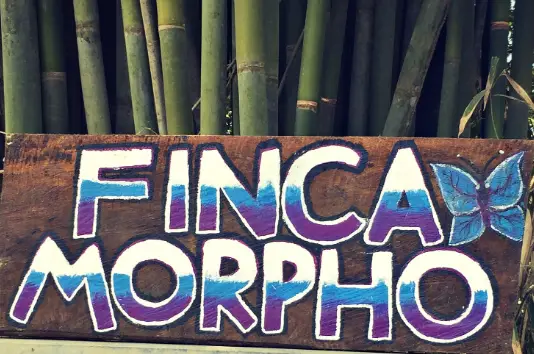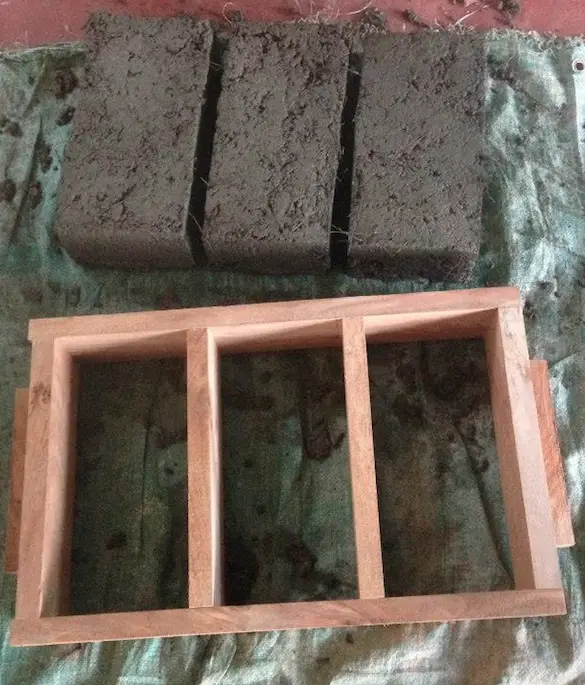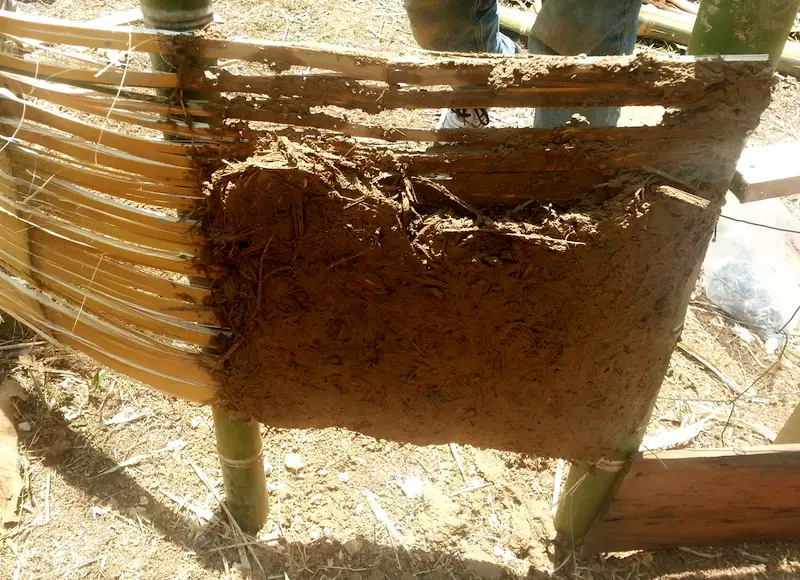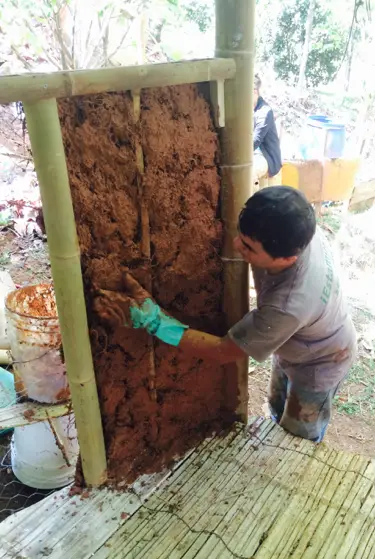The modern building industry accounts for the largest amount of energy consumption worldwide and is causing irreversible damage to global ecosystems. Natural building, however, is far more sustainable, affordable, and conducive to healthy living. It utilizes local labor and materials that are abundantly available and rapidly renewable, as well as those that are reused and recycled. This approach has many important advantages:
- The materials are healthier for humans and our ecosystems. They are sustainably sourced, non-toxic, biodegradable, and require much less energy to manufacture and transport. This conserves non-renewable minerals and fossil fuels and results in energy-efficient buildings with much smaller carbon footprints.
- The materials are more accessible and affordable. Materials are usually available on site or nearby, oftentimes for free. This dramatically reduces the cost of goods, transportation, and taxes. It also strengthens local economies by supporting local suppliers.
- The techniques are more replicable and affordable. With less dependency on high-tech, manufactured, imported products, natural buildings require less specialized, expensive skills for construction and maintenance. This allows local workers to be trained and employed, further reducing costs and supporting local economies.
- Natural buildings are more aesthetic. Since humans evolved in the natural world for millennia before modern buildings, it makes sense that natural materials feel more natural. They are more comforting to be around, pleasing to the eye, and feel even better when used in designs that mimic nature. While spirals, hexagons, and other geometries abound in the natural world, boxes do not. Natural structures involve asymmetry, curves, and paths of least resistance for air and water flow. In addition to invoking a sense of beauty, the process of transforming what is locally available also inspires creativity and innovation.
- Natural building is regenerative. Ultimately, all things return to nature, and using natural materials shows an understanding of that truth. Savvy modern builders are increasingly discovering, reviving, and innovating traditional, low-tech building materials and techniques.
Suggesting that we learn to embrace temporary structures, Costa Rican permaculture designer Travis Britzke asked, “Why would you want a structure that lasts forever? If you build that, your children will never learn how to build. The act of coming together to build a structure is good for communities. The more people we can bring together into ecovillages, the better off we’ll be.”
That being said, well-built natural structures can last for several generations, if not hundreds of years. In fact, the oldest known cobb house, located in England, is over 10,000 years old and still standing strong.
Upcoming Course in Osa Peninsula
On May 26th, several of Costa Rica’s top natural builders, architects, and permaculturists will be gathering at Finca Morpho to offer a comprehensive week-long Natural Building Intensive. The event, led by three experienced facilitators, will include hands-on learning experiences focused on the materials featured below.
The course’s lead instructor, Rodolfo Saenz, is a Costa Rican contractor with 30 years of experience in building with both conventional and natural approaches. He specializes in bamboo, wood, cob, adobe, and earthen plasters. Trey Abernethy, a certified permaculture designer and natural builder who worked on the Envision festival build crew for the past three years, will add his insights and expertise to the mix. Michael Cranford, one of Central America’s leading sustainable architects, whose bio-inspired homes (based on Fibonacci and Golden Mean proportions) have been featured on Travel Channel, CNN, and Survivor, will demonstrate how he molds natural materials into affordable tropical homes, hotels, treehouses, water cisterns and swimming pools.
Featured Natural Materials & Methods
Cob is a mixture of clay-rich soil, sand, straw, and water — materials easily accessed in many parts of the world. It is one of the simplest and least expensive building techniques available. The process of making cob is easily learned albeit labor-intensive. While cob building was falling out of favor in England by the late 19th century, thousands of cob structures have endured to the present.
 Cob is also very versatile, as it can easily be shaped into any form. While generally used in low-rise structures, it has been used for thousands of years to construct buildings of eight or more stories. Cob-style mixes are also used as filler for other natural materials, such as adobe, earthbag, timber, bamboo, and straw bale.
Cob is also very versatile, as it can easily be shaped into any form. While generally used in low-rise structures, it has been used for thousands of years to construct buildings of eight or more stories. Cob-style mixes are also used as filler for other natural materials, such as adobe, earthbag, timber, bamboo, and straw bale.
Adobe is simply made of clay, sand, and water. Straw or other fibers are often added for strength. The mixture is then dried into custom-shaped bricks that are stacked to form walls, using the same mixture (without fibers) to mortar them in place. A plaster coat of clay or lime is then applied to seal and protect. With its high thermal mass, adobe is slow to transmit heat.
Bamboo, a type of grass species that grows rapidly, is an excellent building material. Depending on the species, one clump can live from 100 to 140 years before going to seed and will produce dozens of new culms per year. Bamboo is not only a great choice for posts, beams, and rafters, but thinner varieties and strips can be used to weave reinforcement for earthen walls.
Wattle and daub have been used for at least 6,000 years. Modern techniques such as lath and plaster may have evolved from this method. Pieces of prehistoric wattle and daub buildings have been found in Africa, Europe, the Americas.
 Earthen plaster is a blend of clay, fine aggregate, fiber, and water. Other common additives include pigments, lime, casein, and linseed oil. Earthen plaster is usually applied to cob, adobe, and other construction materials as a wall finish. While these may be more labor-intensive to apply, they are far less toxic, less expensive, more easily repaired, and less energy intensive than other wall coverings.
Earthen plaster is a blend of clay, fine aggregate, fiber, and water. Other common additives include pigments, lime, casein, and linseed oil. Earthen plaster is usually applied to cob, adobe, and other construction materials as a wall finish. While these may be more labor-intensive to apply, they are far less toxic, less expensive, more easily repaired, and less energy intensive than other wall coverings.
Lime, which may refer to various different yet related materials (not to be confused with the citrus fruit!), has been used for thousands of years in mortars, plasters, and paints. Lime takes longer to cure than cement, but it is more workable, more resistant to mold and mildew, more breathable (does not trap moisture inside walls), and nearly carbon neutral. Without the buildup of moisture, structural biodegradable materials, such as bamboo and straw, are protected from decomposition.
In addition to these natural materials, a variety of reused non-toxic materials, such as urbanite (salvaged chunks of concrete) and glass bottles, are often integrated. Materials that are generally not integrated include unsustainably harvested timber, metals, potentially toxic plastics, portland cement-based mixes, wood preservatives, and coatings that off-gas volatile compounds.
The Nitty Gritty on the Course
 Topics and activities for the intensive will be centered around bamboo design, selecting varieties, harvesting, treating, curing, splitting, bending, pegging, lashing, pins and binder sticks, wattle and daub, furniture, finishing, and maintenance. The course will also incorporate building foundations, soil testing, clay sourcing and preparation, cob mixing and application, adobe, earthen and lime plasters, adobe flooring, and specialty tools.
Topics and activities for the intensive will be centered around bamboo design, selecting varieties, harvesting, treating, curing, splitting, bending, pegging, lashing, pins and binder sticks, wattle and daub, furniture, finishing, and maintenance. The course will also incorporate building foundations, soil testing, clay sourcing and preparation, cob mixing and application, adobe, earthen and lime plasters, adobe flooring, and specialty tools.
The course is designed for anyone looking to learn or develop skills in tropical natural building. The $425 tuition for Costa Rica residents includes activities, accommodations in shared cabinas, and three vegetarian meals per day with snacks. The price for non-residents is $595. No prior experience or special skills are necessary. For more information, contact Trey Abernethy at [email protected] or (506) 8828-1085. To learn more about the venue, visit FincaMorpho.com. To be notified about future courses, visit NaturalBuildingCR.com.
